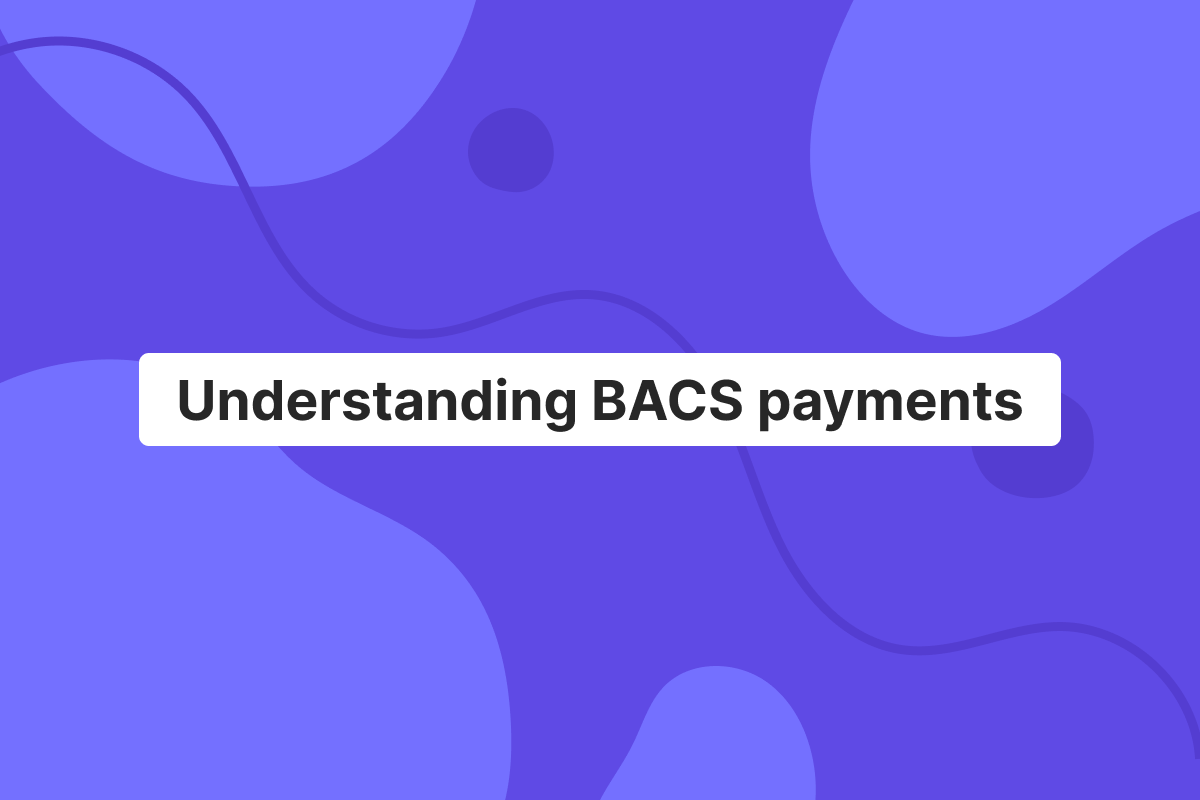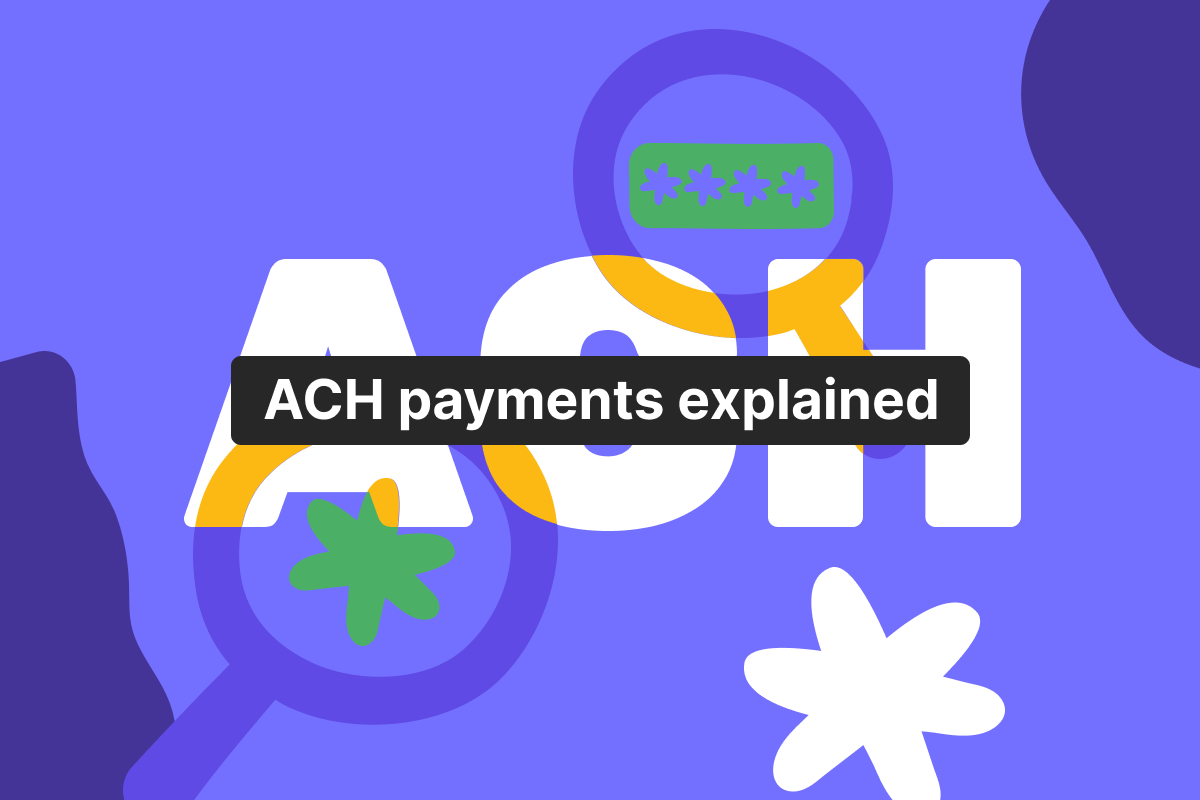Genome Blog / articles / SEPA countries list 2021
May. 5, 2021
SEPA bank transfers might still be a confusing topic, especially with the UK having left the EU recently. You may wonder if the SEPA area is diminishing, why it was established in the first place, and what are the rules and regulations for sending and receiving euro transfers.
In this blog post, Genome provides essential information on the SEPA system in 2021: its member countries, what happened with the UK, and if it’s possible to make SEPA transactions if you’re physically not in one of the eurozone countries.
When did SEPA start?
The discussions and preparations for implementing SEPA (Single Euro Payments Area) financial initiative started in the early 2000s as the euro got a status of the official EU currency. However, only almost 10 years after, the idea of free and fast euro transfers all over Europe became possible. The main goal of the SEPA region is to make cross-border transactions as simple as national ones.
In 2008, SEPA Credit Transfer came into power. SEPA Direct Debit scheme launched in 2010. The last one SEPA Instant Credit Transfer was adopted somewhat less than 4 years ago.
Which countries are a part of the SEPA zone?
At present, all 27 countries of the EU are members of the SEPA area. The full list includes Germany, France, Spain, Italy, Portugal, Lithuania, Sweden, Czech Republic, Denmark, Netherlands, Finland, Estonia, Latvia, Poland, Belgium, Hungary, Slovenia, Austria, Croatia, Luxembourg, Bulgaria, Slovakia, Romania, Greece, Republic of Cyprus, Malta, and Ireland.
Non-EURO countries in the SEPA zone
Apart from EU member states, 9 more countries enjoy all the benefits of SEPA. The UK, Monaco, Liechtenstein, Norway, Switzerland, Andorra, Vatican City State, Iceland, and, finally, San Marino are the territories where the rules for SEPA transfers are effective.
Non-SEPA countries
The full list of eurozone countries that are not in SEPA, looks like this: Albania, Armenia, Azerbaijan, Belarus, Bosnia and Herzegovina, Georgia, Kazakhstan, Kosovo, Moldova, Montenegro, North Macedonia, Serbia, Turkey, Ukraine. It is quite possible that some of them will join the EU in the next decade and, probably, can become SEPA zone members as well.
As for all the other countries, different money transfer companies and networks are available. SWIFT system is known as the largest messaging network for financial transactions in the world. It works both for international and domestic transfers. Moreover, you can make payments in a range of currencies supported by SWIFT.
For a detailed comparison of SEPA and SWIFT networks, their pros and cons, check our blog post on types of international transfers.
Does the UK remain a SEPA country after Brexit?
Brexit changed nothing for the UK when it comes to its SEPA membership. Thus, fast euro payments with low fees are still an option for UK citizens while making both domestic and international transactions.
SEPA bank transfer for non-SEPA countries
Even though you can open a euro bank account in countries that do not belong to the SEPA region, unfortunately, you won’t be able to make use of SEPA bank transfers. The key thing here is to have a euro account with a financial institution that physically works within the SEPA area. For example, Czech Republic’s national currency is the Czech crown also known as Chech koruna. Still, if you have a Czech bank account denominated in euro, you will be able to make and receive SEPA payments because this country is in the SEPA zone.
You can still make a euro transaction with the help of the SWIFT system, for instance. Additionally, you may use international transfer companies to send funds both within your country and abroad.
Opening a non-resident bank account in Europe
Typically, a person needs to have a business physically operating in any European country to open a bank account and, consequently, to make and receive SEPA payments. However, due to significant changes and improvements of technologies and financial initiatives, including mobile banking modernization, there are ways to overcome this obstacle.
Opening a non-resident bank account in Europe for non-Europeans
Many modern financial institutions and fintech companies, in particular, provide a possibility to open a bank account remotely. It means that you will receive your unique IBAN and will be able to use it no matter in what country you’re located. When it comes to SEPA zone countries, you can make SEPA payments with such an account.
Latvia, Cyprus, Bulgaria, Luxembourg, and Malta are the European countries where you can open an account remotely. Nevertheless, some financial institutions may require one’s physical presence to do this. It’s better to check all the requirements and conditions with your financial provider beforehand.
If you’re looking for a reliable and modern provider with a full range of financial services and features to open a personal or a business account, Genome is your way out. Explore our website to know more about our services and how to manage finances more quickly and effectively from your computer or smartphone.
FAQ
What is the SEPA zone?
SEPA region or Single Euro Payments Area is an economic unity of European countries that enables speedy and cheap transactions in EUR currency. As of now, SEPA has 36 member countries, most of which are as well EU members.
Is the UK part of the SEPA zone?
Yes, the UK remains in the SEPA region even after Brexit.
Is SEPA for the Euro only?
Yes, SEPA payments work only in euro currency. The SEPA initiative was implemented as a unified euro market space because the euro became the official EU currency in 1999.
If you need to make a transaction in any other currency, you can use SWIFT or any other system that supports transfers in other currencies.
What is a SEPA bank transfer?
It’s a euro transaction that can be done only within SEPA zone countries (includes 36 European countries). SEPA transfers are usually completed within 1 business day, no matter if they are international or national ones. There are three schemes: SEPA Credit Transfer, SEPA Direct Debit, and SEPA Inst Credit Transfer (only takes a few seconds).
To make a SEPA payment, you will need to provide the full name of the beneficiary and their IBAN, and SWIFT/BIC number.





